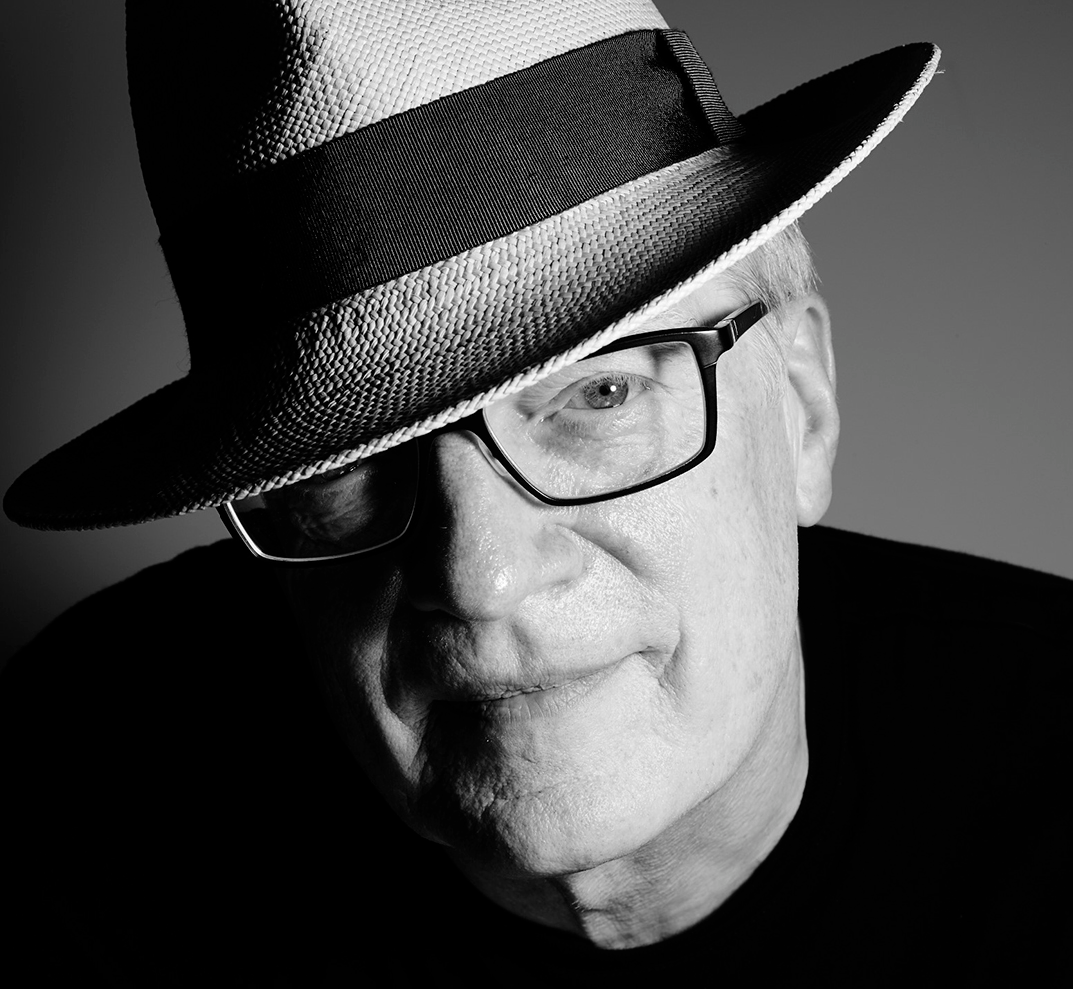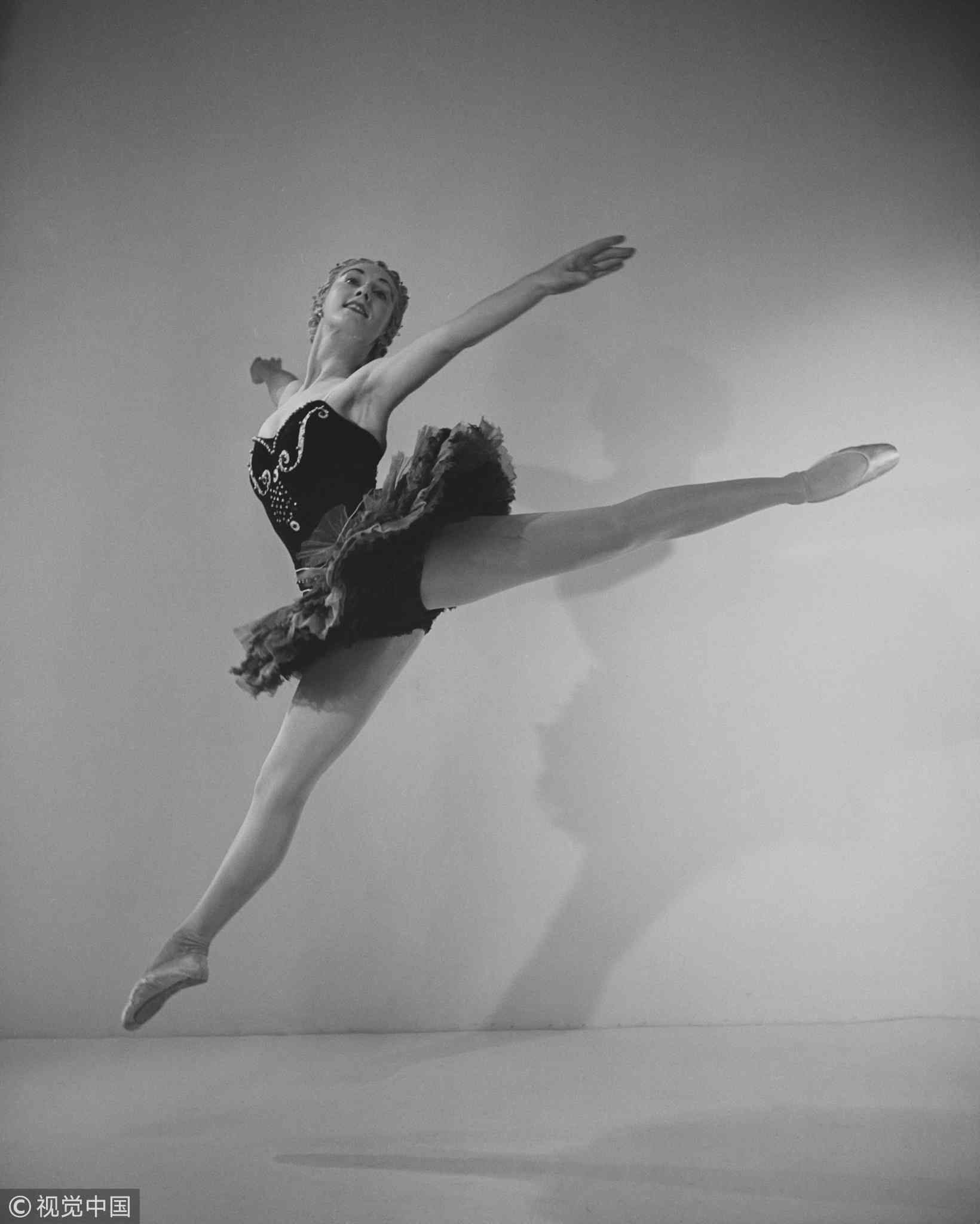"Gillian isn't sick – she's a dancer. Take her to a dance school."
Vale Ken Robinson (1950 - 2020) – a global advocate for dance and the arts, who in the world's most-watched TED talk shared the moving story of Gillian Lynne, a prominent English ballerina, dancer and choreographer best known for her work on the musicals Cats and Phantom of the Opera.

In his talk Robinson poses a simple question to the audience at TED's 2006 conference in Monteray, California: do schools kill creativity? His powerful, often humorous and deeply serious meditation on creativity ends with a moving story of how Gillian Lynne became a dancer; one which illustrates how dance can positively transform individual lives and through them, the entire world.
As he walks on stage to begin the talk his gait tells a tale of childhood polio (which saw him spend eight months in hospital as a 4-year-old). Here stands a man, somewhat awkwardly, ready to impress upon the world the importance of a kind of movement personally denied to him. It makes his passionate advocacy throughout his life – as one of dance's great champions – all the more poignant.

"All kids have tremendous talents", says Robinsons a few minutes in, "and we squander them, pretty ruthlessly."
He presents as evidence a couple of hilarious anecdotes illustrating the creativity of children – an innate creativity he argues we're all born with. As the audience laughter dies down the point is made: "Kids will take a chance. If they don't know, they'll have a go."
"They're not frightened of being wrong."
This fearlessness in being wrong, he argues, is critical to creativity. But by the time they get to be adults, most kids have lost that capacity: "We are educating people out of their creative capacities", says Robinson.
In large part because of an education system designed in, and for, an industrial age which continues to lead us away from important creative pursuits:
Every education system on earth has the same hierarchy of subjects.... At the top are mathematics and languages, then the humanities, and at the bottom are the arts, everywhere on earth.
And in pretty much every system too, there's a hierarchy within the arts. Art and music are normally given a higher status in schools than drama and dance.
There isn't an education system on the planet that teaches dance every day to children the way we teach them mathematics.
Why? Why not?
I think this is rather important.
I think maths is very important but so is dance. Children dance all the time if they're allowed to, we all do.
We all have bodies, don't we?
The potency of simple observation. The radical critique imbued in the act of merely asking: why? Robinson's recognition of the importance of dance, and demand that its importance should be elevated in education is music to any dancer's ears.
What makes it all the more enthralling is these words of wisdom have reached the ears of so many, with the talk being viewed almost 90 million times around the web.
Ken Robinson didn't just stop with that performance though. In his books, talks and articles he tirelessly continued to advocate for the arts, and in particular dance.
In 2018 he wrote a piece entitled 'Why dance is just as important as math in school' which recounted his 2016 Robert Cohan lecture on the topic, and demonstrated his deep intellectual understanding of, and emotional connection with dance. Take his response to the question 'What is dance?':
It is the physical expression through movement and rhythm of relationships, feelings and ideas. Nobody invented dance. It is deep in the heart of every culture throughout history; dance is part of the pulse of humanity. It embraces multiple genres, styles and traditions and is constantly evolving. Its roles range from recreational to sacred and cover every form of social purpose.
The last tweet Robinson sent about dance – four months before his death – sees him fondly recalling a piece of contemporary dance set to a soundtrack of highlights of his TED talks:
Many thanks to @topherwhite for reminder of this moving dance piece by @Braidz86 https://t.co/PhIxxv1bNr
— Sir Ken Robinson (@SirKenRobinson) April 2, 2020
In his penultimate dance-related tweet, in February 2020, he links to an interview with the CEO of The Place (billed as the UK's premiere centre for contemporary dance) where he is asked about his first experiences with dance, to which he replies (in part):
When I first became exposed to dance, I was very taken by it. It just struck me as perfectly obvious that this was something very, very important.
Dance is an expression of the richness of our intelligence as embodied creatures. Enjoyed this conversation with Clare Conor on the 50th anniversary of @ThePlaceLondon. Honoured to be a patron. 🎉 https://t.co/Wd1Ir1YAgL
— Sir Ken Robinson (@SirKenRobinson) February 13, 2020
At the conclusion of the interview he leaves us with some of his last poetic words on dance:
To me dance is the expression of the richness of our intelligence as embodied creatures, it fulfils every social purpose, from personal communication to ritual to artistic insight and delight and it’s in every culture.
Ken Robinson "died peacefully on 21st August 2020, surrounded by family after a short battle with cancer" according to his website.
A phenomenal educator, intellect and public speaker, Robinson dedicated his life to exploring the nature of creativity and how we might best realise our human potential – and in doing so find our element. His spirit lives on in the actions of all of us inspired by his words, messages and musings on the nature of human creative expression.
Speaking of finding our element, let's return finally to Robinson's moving retelling of the story of Gillian Lynne.
[G]illian and I had lunch one day – I said 'how did you get to be a dancer?' and she said it was interesting, when she was at school she was really hopeless.
The school in the 30s wrote to her parents – said we think Gillian has a learning disorder. She couldn't concentrate, she was fidgeting.
Anyway she went to see this specialist. So this oak-panelled and she was there with her mother and she was led and sat on this chair at the end, and she sat on her hand for 20 minutes while this man talked to her mother about all the problems Gillian was having at school.
And at the end of it – because she was disturbing people and her homework was always late and so on, little kid of eight – in the end the doctor went and sat next to Gillian and said "Gillian I've listened to all these things that your mother has told me. I need to speak to her privately".
He said "Wait here, we'll be back, we won't be very long." And they went and left her.
But as they went out the room he turned on the radio that was sitting on his desk.
And when they got out the room he said to her mother "Just stand and watch her".
The minute they left the room, she said she was on her feet, moving to the music. And they watched for a few minutes and he turned to her mother and he said:
"You know Mrs Lynne, Gillian isn't sick – she's a dancer. Take her to a dance school."
I said, what happened.
She said "She did".
"I can't tell you how wonderful it was. We walked in this room, and it was full of people like me."
"People who couldn't sit still. People who had to move to think."
Who had to move to think.
They did ballet, they did tap, they did jazz, they did modern, they did contemporary.
She was eventually auditioned for the Royal Ballet school. She became a soloist. She had a wonderful career at the Royal Ballet.
She eventually graduated from the Royal Ballet school, found[ed] her own company the Gillian Lynne dance company. Met Andrew Lloyd Webber.
She's been responsible for some of the most successful musical theatre productions in history. She's given pleasure to millions and she's a multi-millionaire.
Somebody else might have put her on medication and told her to calm down.
May the spirit and legacy of Robinson live on in all of us who have heard his message, and may a million more Gillian Lynnes bloom.


